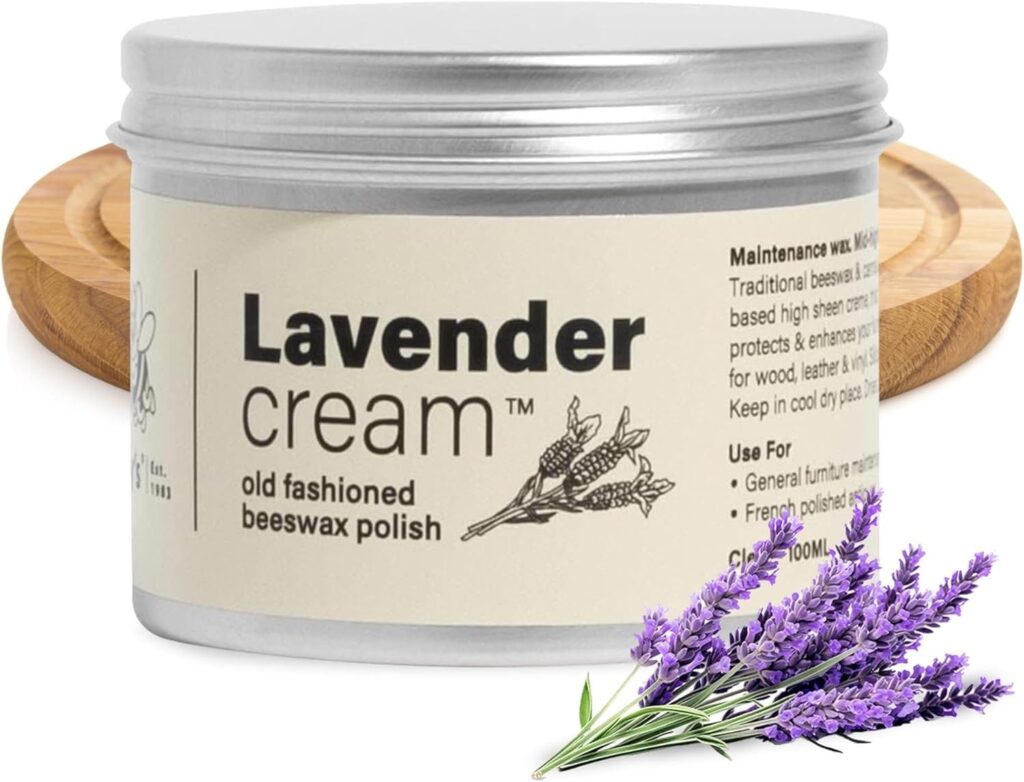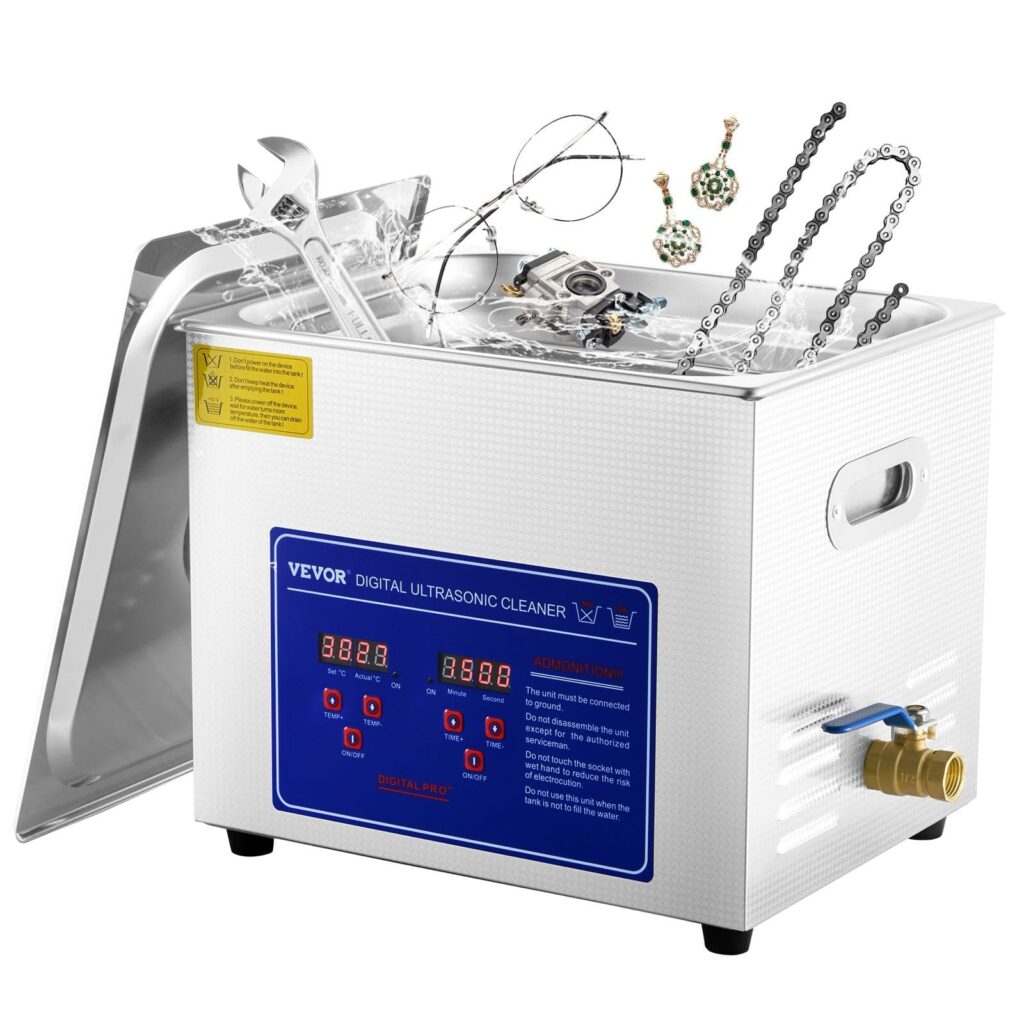I use various cleaning techniques, depending on the equipment make and model, the parts I’m cleaning and how dirty it is, some of which I’ll briefly describe here.
Exterior
For most metallic, painted, plastic and composite exteriors, I recommend starting by carefully dusting the surfaces to be cleaned. Then, a microfibre cloth and mild detergent/water solution can be gently applied to areas needing cleaning. Be careful with older gear, as logos and other markings are sometimes printed with ink that becomes fragile with time. Solvents other than water, and occasionally even water alone, can remove this fragile ink, so test a small inconspicuous area first.
Wooden exteriors can be cleaned with a soft cloth, wood soap, and then finished with furniture-grade oil or wax. I use fine furniture oil and quality beeswax for most wooden finishes. These work very well to bring out the grain and lustre of the wood, whilst also minimising imperfections and nourishing it.

Knobs can be removed and soaked in a mild detergent/water solution and then finished with a toothbrush and fresh water. Be sure to use the correct-sized flat-blade screwdriver or hex key to loosen any grub screws, where present. I’ve lost track of how often I’ve found these damaged when they should never be.
Plastic lenses can be dusted and cleaned with mild detergent/water and microfibre cloth. A little high-grade plastic or automotive polish with microfibre cloth can be used where lenses and bezels are dull and/or scratched. Again, avoid polishing printed surfaces as these may be degraded by this process. Be careful not to polish matt or satin finishes or they will end up glossy.
Be very careful with turntables, too. Turntables and cleaning cloths don’t mix well; many have learned this the hard way, despite knowing better. Soft-bristled paint brushes work well in sensitive areas, but as always, each case is different, and care must be exercised when cleaning anything, especially tonearms, cartridges, etc.
Interior
Interior cleaning requires more care and should not progress beyond light dusting for most. There are electronic and mechanical parts to consider, and one must be very careful not to damage anything through the cleaning process. It is always better to err on the side of caution and not clean something than risk damaging it.
High-velocity air works well as an initial duster, combined with a very soft-bristled paint brush, but must be used judiciously. Care must be taken with raised components in order not to damage them.
Isopropyl alcohol and cotton buds or Q-tips work well to spot clean dirty components and boards. An old toothbrush is also a useful tool for cleaning boards, again with a little isopropyl alcohol.
Beyond this, I recommend deeper cleaning methods including ultrasonic and mild solvent cleaning, and deep chassis washing, both of which should only be carried out by someone familiar with these methods. Water-based solvent cleaning should be avoided unless the techniques are well-understood.
Avoid WD-40 and similar penetrants as they don’t clean electronics at all and leave oily residues that attract dust and dirt. This is especially problematic around high-impedance circuits like preamps, RF sections in tuners, phono stages, switches and relays. If in doubt, again, don’t touch it.

Technical Deep Cleaning
Beyond the methods I’ve outlined above, equipment often needs what I call technical deep cleaning. Deep cleaning and detailing are specialised and often overlooked aspects of maintenance, due to unfamiliarity with and the specialised nature of the techniques used. I recommend booking your equipment with someone well-versed in this type of work.
I’ve developed deep cleaning regimens/techniques specifically to suit circuit boards, high-impedance circuits, switches and potentiometers, chassis parts, fascias and more. Some I’ve adapted from laboratory test and measurement and optical equipment cleaning procedures. Others I’ve created from scratch to suit the equipment I work on. These regimens can be considered proprietary and are unique to Liquid Audio.
Technical deep cleaning typically involves specialist cleaning foams, liquids and tools, cleaning media, high-pressure air, ultrasonic cleaning, a drying oven, removal of sensitive parts to avoid contamination or damage, etc in combination with precise application of techniques applicable to the equipment in question. Whilst these techniques are very effective, they must be done exactly as designed or problems will arise.
I’m often asked for details of my technical cleaning regimens, step-by-step instructions, shopping lists, etc. but I don’t offer this proprietary information. Doing so would require written materials and training, and my competitors would also love these details, so I appreciate your understanding on this.
Discover more from LiQUiD AUDiO
Subscribe to get the latest posts sent to your email.
